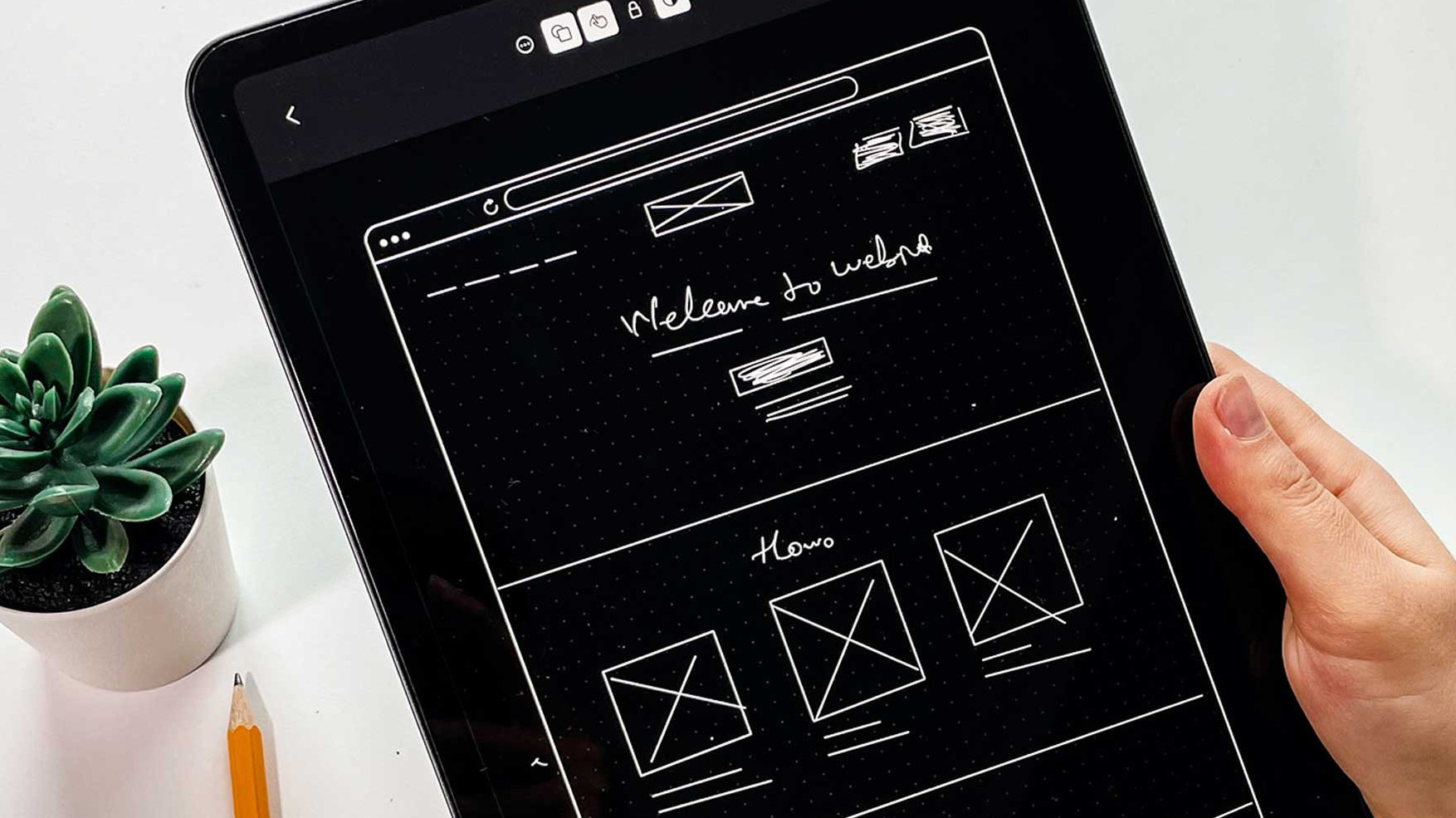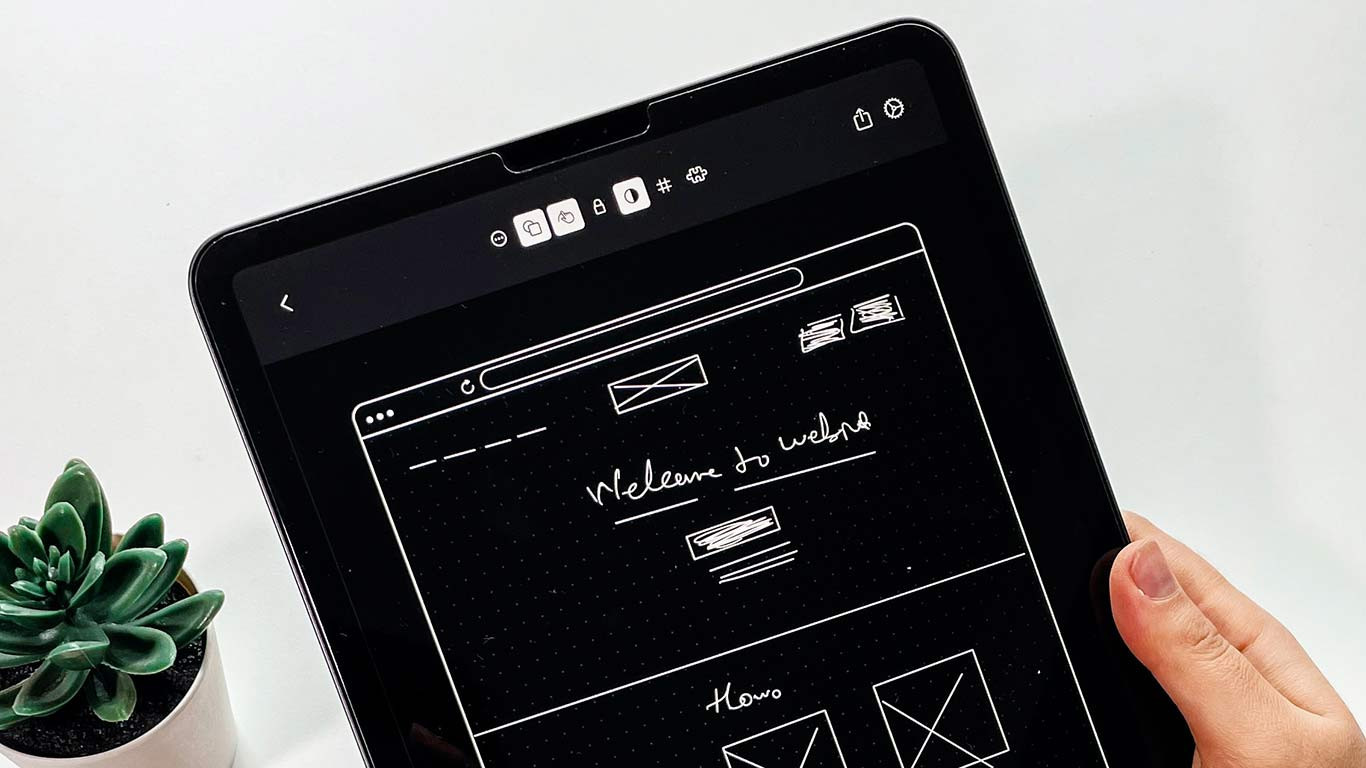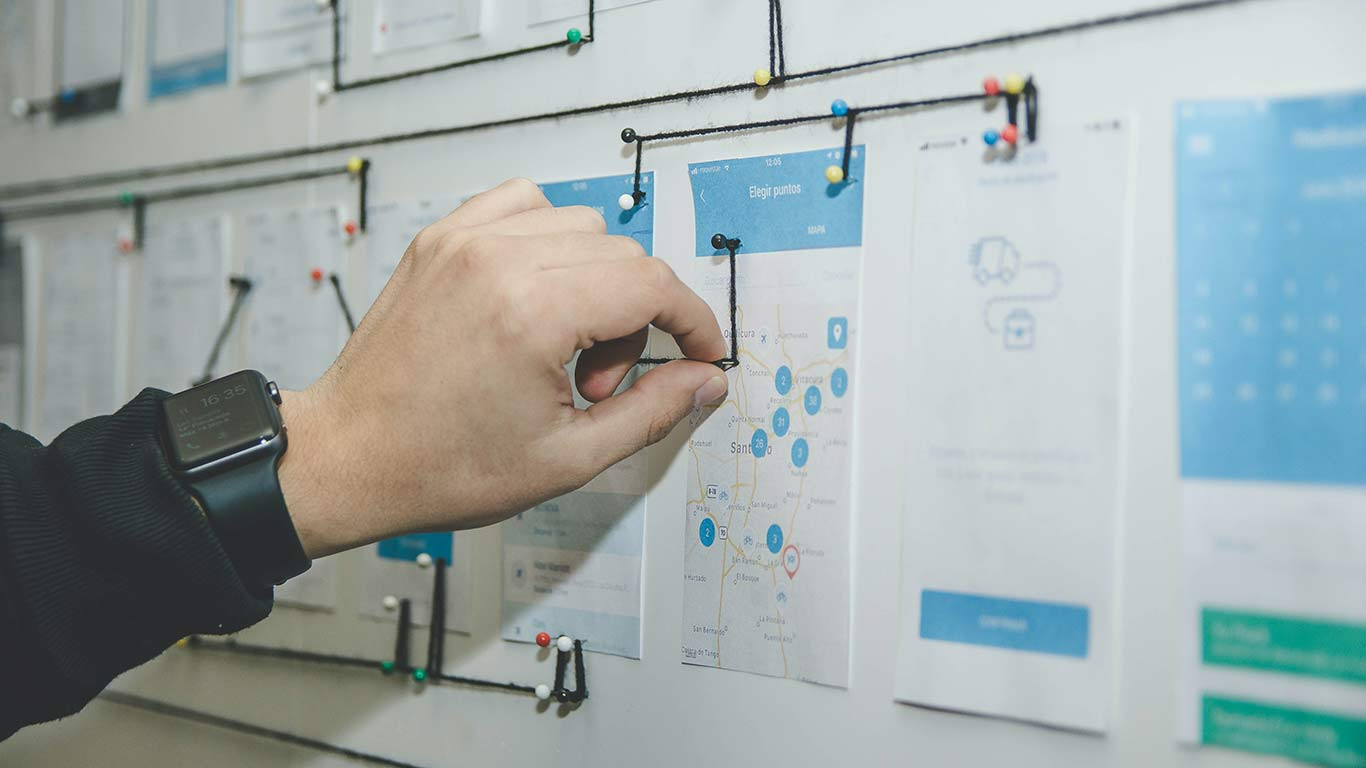Design
March 2022
Wireframes & Prototypes: What's the Difference?

A common misconception we see in the design space is the confusion between wireframes and prototypes. Businesses tend to understand that both are integral to the design process, but not how they differ in form and functionality.
Prototypes and wireframes are essential as they help designers and developers understand the functionality of their products. They’re also useful for determining what content must be included in the product.
While the main difference between the two comes down to how closely a mockup resembles the final product, there are a few key differences when it comes to wireframes and prototypes.
What's the Difference Between Wireframes and Prototypes?
The difference between wireframes and prototypes lies primarily in their level of detail and interactivity. Both of them are essential steps in the design process, but they serve different purposes and are used at different stages.
While a wireframe can be thought of as the skeleton of a digital product, a prototype can be seen as a working model, where the visual design and interactivity come alive. It’s not the final product, but it’s close enough to give a realistic impression of what the final product will look like and how it will work. Both are essential tools in the iterative process of design, where each stage allows for review, feedback, and refinement.
Wireframes:

Wireframes are like the architectural blueprint of a digital product. They provide a simplified, schematic representation of the layout and structure of the pages or screens. They define where and how elements such as menus, buttons, images, and text blocks will be placed. Wireframes are typically devoid of colour, graphics, typography, or any other form of aesthetic design elements. Their purpose is to set the functional specification of the product, allowing stakeholders to understand the basic structure and functionality of the pages or screens, without being distracted by the design details.
The main objectives of a wireframe are to:
- Establish the basic structure of the pages or screens.
- Define the hierarchy and arrangement of the elements.
- Clarify the functionality and behaviour of interactive elements.
- Set the path for the user journey through the product.
Prototypes:

In contrast, prototypes are much more detailed and interactive versions of wireframes. They add another layer of complexity to the design process by incorporating visual design elements, content, and interactivity. The purpose of a prototype is to give stakeholders and users a feel for the final product.
Prototypes allow you to:
- Test the visual design in terms of colours, typography, images, and graphics
- Refine the user interface elements and their interactive behaviours
- Validate the user journey and the overall user experience
- Collect feedback from users and stakeholders before the actual development begins
Enjoying what you're reading?
See our workTools to use.
When it comes to building, there are applications out there to simplify the process so designers can understand the flow before it's been built.
Wireframing:
Pen and paper are easy ways to get started with wireframes as sketching is the fastest way to get ideas from your brain into the world so that you can review, reflect and revise on your ideas.
When it comes to making these ideas digital, we like to use the online application MockFlow which allows us to design the fundamentals of the product and send off to our clients for review.
Prototyping:
Paper prototypes are often used for quick design feedback or for user testing on a small group of people.
For creating digital prototypes, our preferred application is Adobe XD which offers an all-in-one solution for building out all kinds of software!
Our Final Thoughts.
In conclusion, wireframes and prototypes are fundamental building blocks in any design process. They both serve unique and complementary roles in creating a final product that is both visually appealing and functionally effective. The knowledge of when and how to use each is crucial for anyone involved in the design space.
Remember, wireframes set the groundwork for your digital product, providing a skeletal view of how it will be structured. On the other hand, prototypes take it a step further, presenting a visual and interactive demonstration of how the product will look and feel to the end user. Utilising tools such as MockFlow for wireframing and Adobe XD for prototyping can significantly streamline this process.
Hopefully, this blog has provided clarity on the distinction between wireframes and prototypes, as well as their significance in the design process. But the digital product design field is ever-evolving, and there's always more to learn.
If you're still unsure about the difference between wireframes and prototypes, or if you need assistance in creating these essential elements of design, please do not hesitate to get in touch. Our team of experienced designers is always here to help navigate the complex but rewarding process of bringing a digital product to life. We believe that understanding these fundamental aspects of design will empower you to make informed decisions about your digital products, ensuring their success in the long run.
Contact us today. Whether you're starting from scratch or need to refine an existing product, we have the knowledge and tools to help you achieve your goals. Reach out, and let's create something amazing together.
